Browse Books
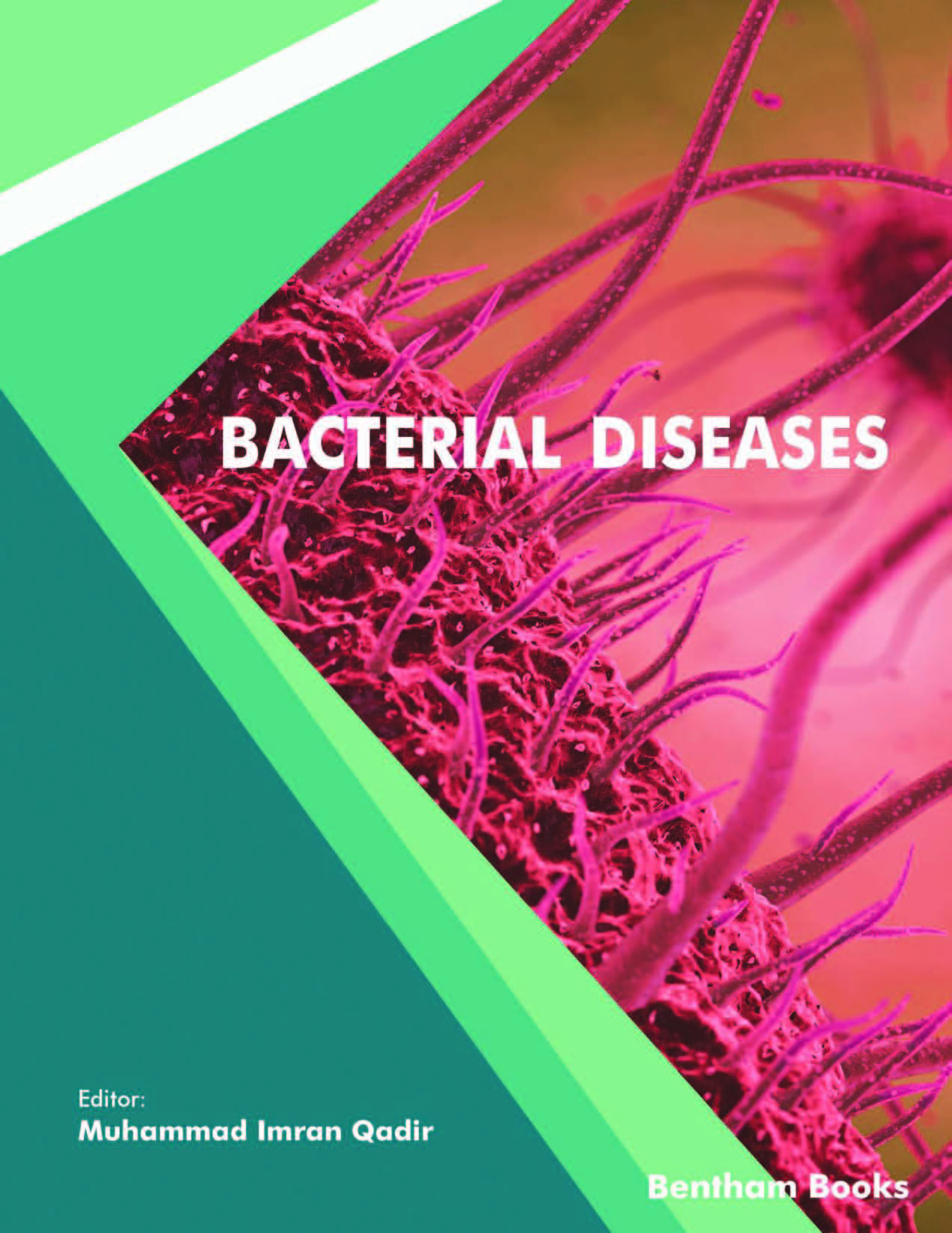
Bacterial Diseases
Aug 2020
Book
Muhammad Imran Qadir
Bacterial Diseases provides readers an overview of a broad variety of bacterial infections. Chapters cover the description of specific disease and its causative agent followed by information about symptoms diagnosis and clinical management. This easy-to-read resource is a suitable introductory textbook for pharmacy medical and dental students as well as M Phil and Ph.D. candidates for Pharmacology Botany Zoology Microbiology Pharmacy Biotechn Read More

Bacterial Nanocellulose for Papermaking and Packaging
Dec 2024
Book
Bacterial Nanocellulose for Papermaking and Packaging explores the groundbreaking potential of bacterial nanocellulose (BNC) in the papermaking and packaging industries. It provides an in-depth overview of BNC`s unique properties biosynthesis and scalable production methods highlighting its role as a sustainable high-performance biomaterial. Special emphasis is placed on its applications such as enhancing paper durability fire resistance barrier Read More

Balance in Healthcare
Sep 2021
Book
Balance in Healthcare is an easy to understand guide to maintaining a balanced medium of activities for healthy living. The book points out key aspects of balance in living a healthy life and gives information on toxic lifestyle elements that can cause imbalance. These aspects include lifestyle diet family relationships spirituality the immune system the endocannabinoid system the antioxidant system and the concept of energy balance in the human Read More

Basic Biology and Clinical Aspects of Inflammation
Frontiers in Inflammation: Volume 1
Mar 2016
Book
Robert F. Diegelmann and
Charles E. Chalfant
Basic Biology and Clinical Aspects of Inflammation provides information about the critical cells and biochemical mediators involved in the complex process of inflammation. Readers are introduced to the basic scientific background on the subject after which the book progresses towards translational research in clinical settings. Topics covered in this volume include the modulation of inflammation during normal and chronic wound healing altered metabolis Read More

Basics of Organic Chemistry: A Textbook for Undergraduate Students
Aug 2024
Book
Basics of Organic Chemistry: A Textbook for Undergraduate Students is an essential guide for students who are learning organic chemistry. The book provides a clear and thorough introduction to fundamental concepts beginning with the topic of structure and bonding which lays the foundation by exploring atomic structure hybridization and chemical bonds. The second chapter on reaction mechanisms breaks down the processes and factors influencing che Read More
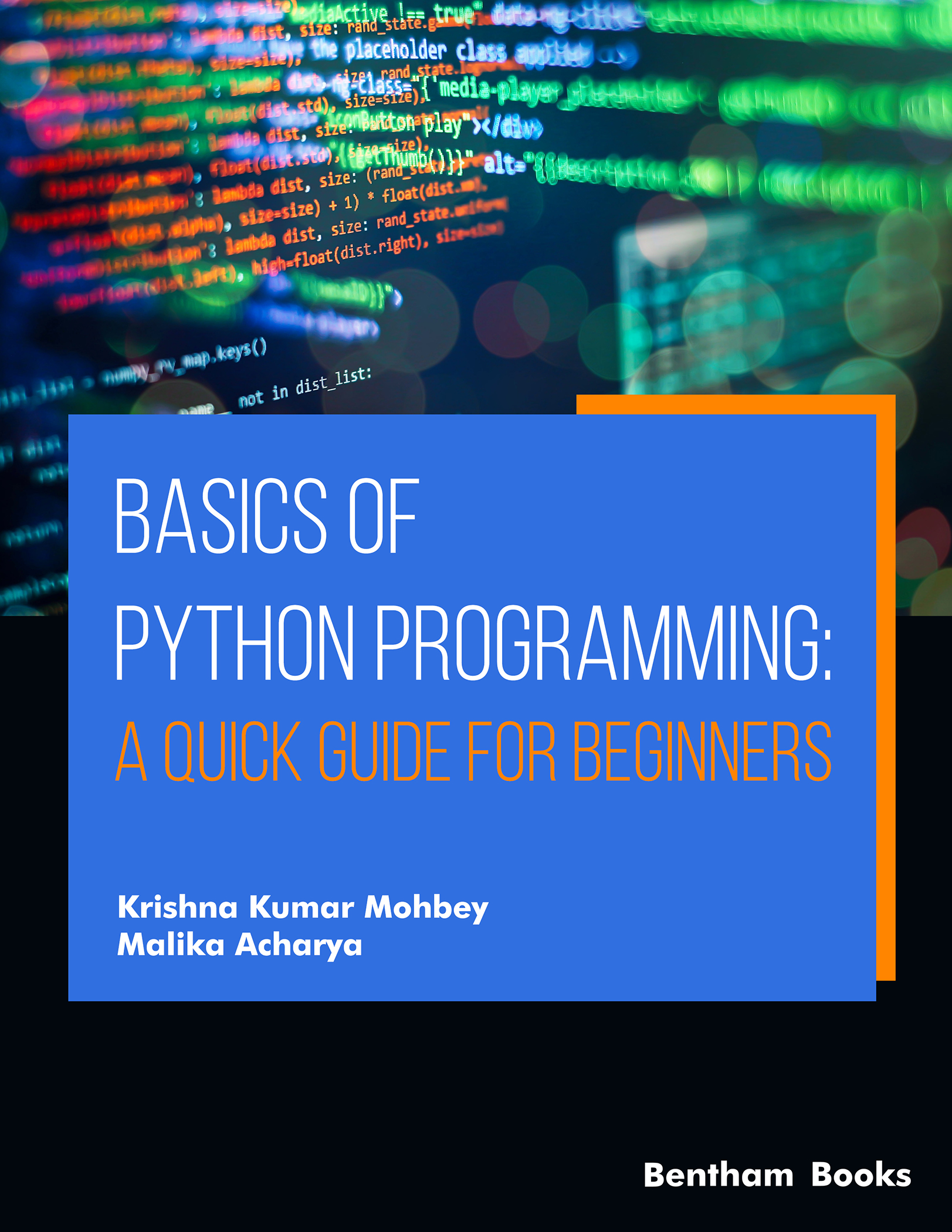
Basics of Python Programming: A Quick Guide for Beginners
Dec 2023
Book
Basics of Python Programming: A Quick Guide for Beginners is an essential companion to mastering the Python programming language. The book presents information about Python in 12 structured chapters with a strong emphasis on fundamentals and practical information. Starting with basic operators functions and expressions contents explain file handling exception handling and modules. The book concludes with advanced topics such as object Read More

Beta Glucans - Mechanisms of Action
Apr 2011
Book
Vaclav Vetvicka and
Miroslav Novak
β-Glucan is generally considered to be a very safe immunomodulator. It is a well-known biological response modifier (BRM) that has been used as an adjuvant therapy for cancer since 1980 mostly in Japan. β-Glucan enhances the innate host defense against certain bacteria yeast and viral pathogens. I addition glucans are also considered to be important in prophylaxis against irradiation. Various types of glucans are now routinely added both to human an Read More

Beta-Glucan, Structure, Chemistry and Specific Application
May 2013
Book
Vaclav Vetvicka and
Miroslav Novak
β-Glucan is generally considered to be a very safe immunomodulator. It is a well-known biological response modifier (BRM) that has been used as an adjuvant therapy for cancer since 1980 mostly in Japan. β-Glucan enhances the innate host defense against certain bacteria yeast and viral pathogens. I addition glucans are also considered to be important in prophylaxis against irradiation. Various types of glucans are now routinely added both to human an Read More

Better Life and Business: Cell, Brain, Mind and Sex Universal Laws
May 2013
Book
Better Life and Business: Cell Brain Mind and Sex Universal Laws is an e-book that defines the fascinating new discipline: BRAINLIFEBIZ . BRAINLIFEBIZ combines new discoveries in neurobiology behavior and medicine with novel concepts related to conscious software programming automation system adaptation module selection self -organization and automatic discovery. In other words BRAINLIFEBIZ is a science of the consciousness bio quantu Read More

Beyond the Realms: Navigating the Metaverse
Mar 2024
Book
In Beyond Realms: Navigating the Metaverse the authors explain concepts and features of the virtual world of the metaverse. The book starts with a conceptual understanding of what the metaverse entails giving examples of popular apps. The authors delve into the intricacies of virtual economies shedding light on their transformative potential for internet users. Subsequent chapters navigate the complex terrain of virtual currencies digital a Read More

Big Data Analytics for Human-Computer Interactions: A New Era of Computation
Aug 2023
Book
Big Data is playing a vital role in HCI projects across a range of industries: healthcare cybersecurity forensics education business organizations and scientific research. Big data analytics requires advanced tools and techniques to store process and analyze the huge volume of data. Working on HCI projects requires specific skill sets to implement IT solutions. Big Data Analytics for Human-Computer Interactions: A New Era of Computation is a comprehensive g Read More
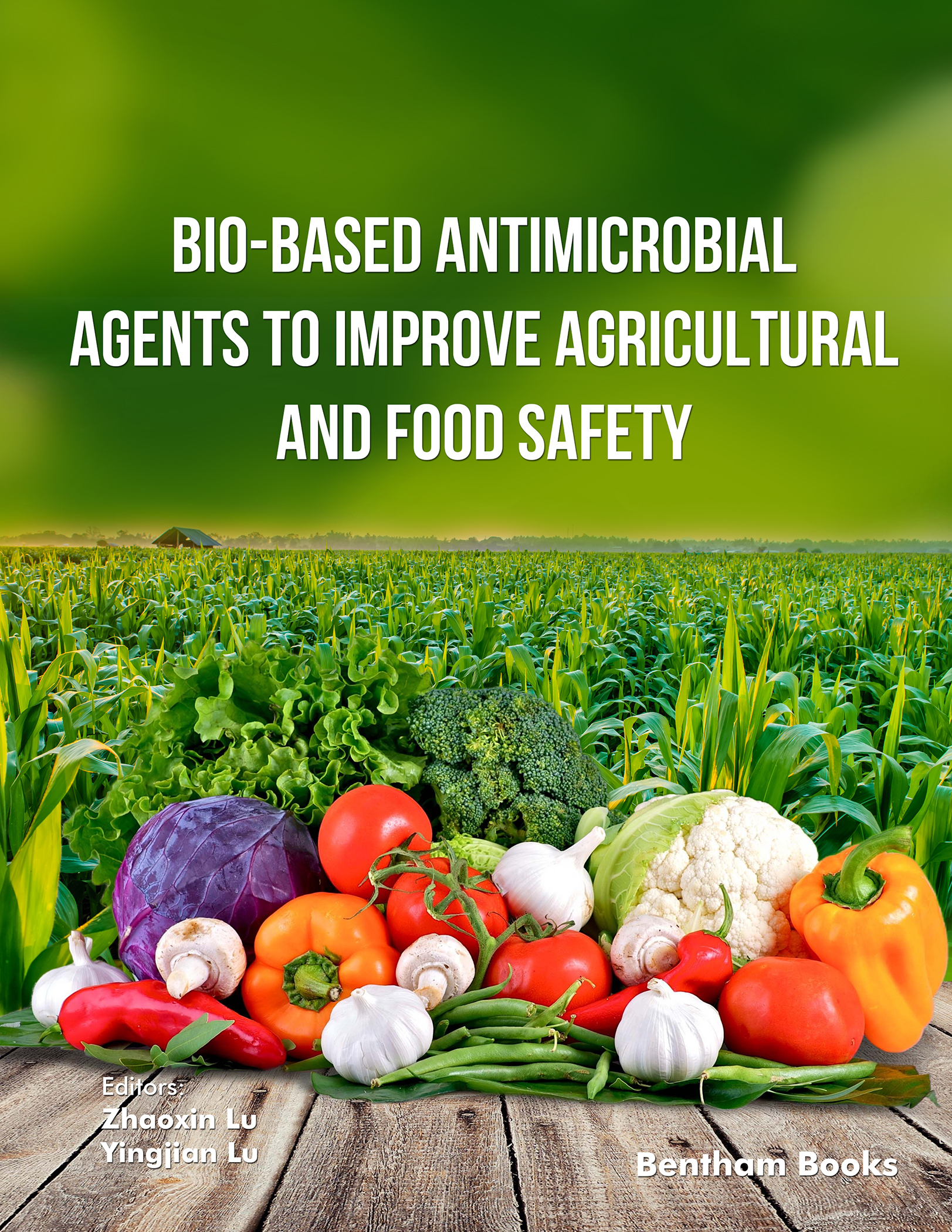
Bio-Based Antimicrobial Agents to Improve Agricultural and Food Safety
Sep 2024
Book
Zhaoxin Lu and
Yingjian Lu
Bio-Based Antimicrobial Agents to Improve Agricultural and Food Safety provides a comprehensive overview of the latest advancements in bio-based antimicrobial agents used to enhance food safety and agricultural production. This book highlights natural alternatives to chemical preservatives focusing on surfactin bacillomycin fengycin bacteriocins and plant-based antimicrobials. It explores their applications in controlling microbial contamination im Read More
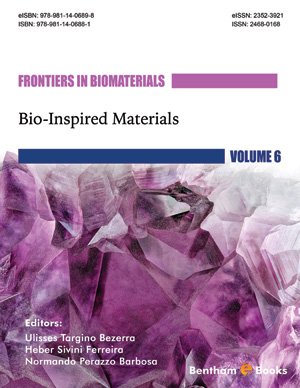
Bio-Inspired Materials
Apr 2019
Book
Ulisses Targino Bezerra,
Heber Sivini Ferreira and
Normando Perazzo Barbosa
Nature has provided opportunities for scientists to observe patterns in biomaterials which can be imitated when designing construction materials. Materials designed with natural elements can be robust and environment friendly at the same time. Advances in our understanding of biology and materials science coupled with the extensive observation of nature have stimulated the search for better accommodation/compression of materials and the higher Read More
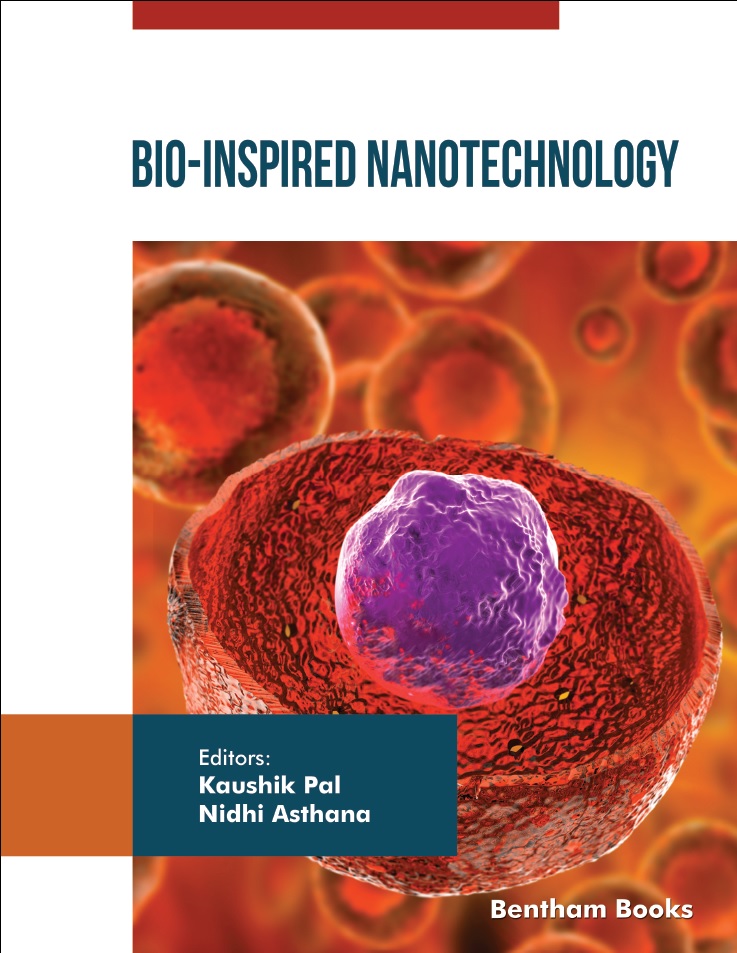
Bio-Inspired Nanotechnology
Feb 2023
Book
Kaushik Pal and
Nidhi Asthana
Bio-Inspired Nanotechnology focuses on the use of bio-inspired and biomimetic methods for the fabrication and activation of nanomaterials. It summarizes recent developments in biocompatible and biodegradable materials including their properties fabrication methods synthesis protocols and applications. This includes studies concerning the binding of the biomolecules to the surface of inorganic structures structure/function relationships of the final mate Read More
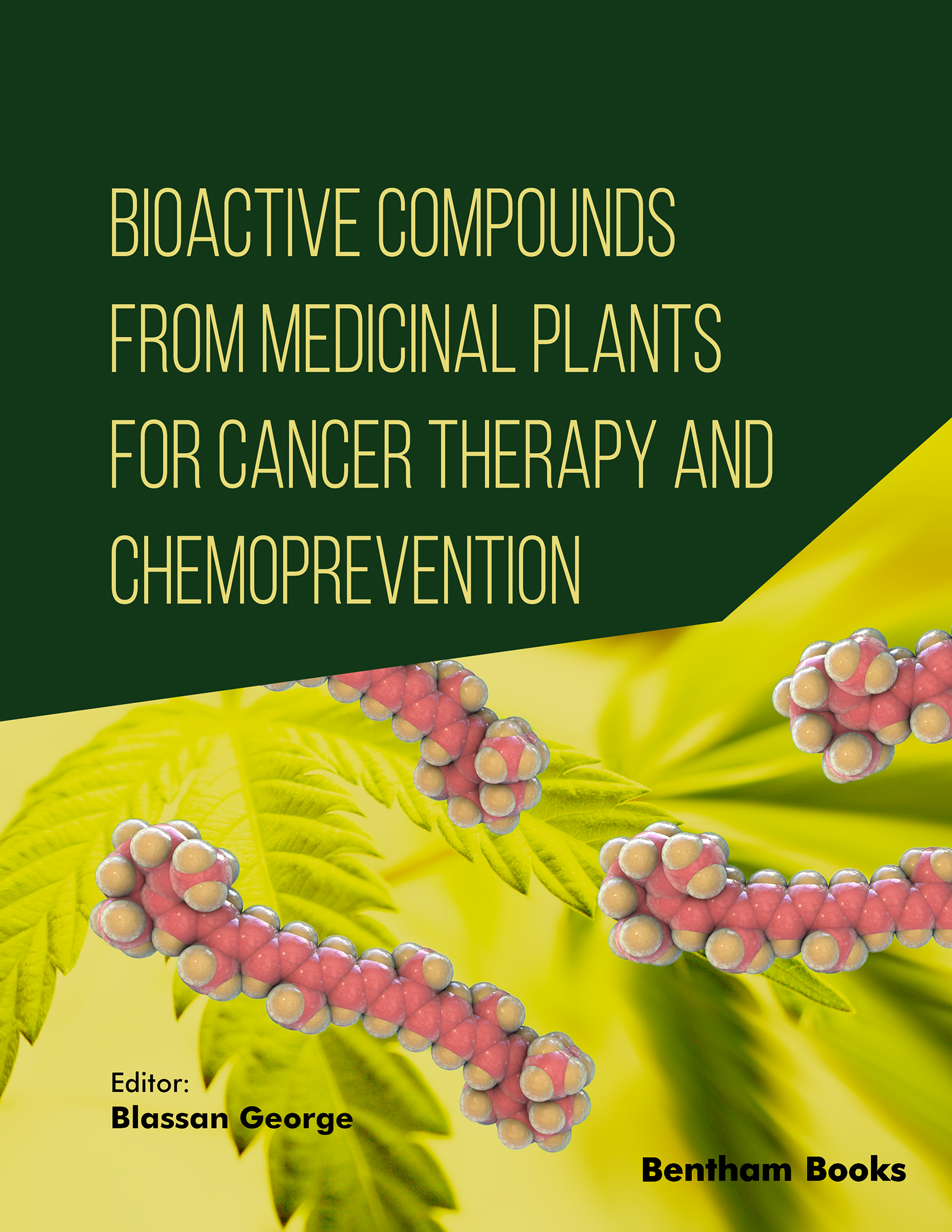
Bioactive Compounds from Medicinal Plants for Cancer Therapy and Chemoprevention
Sep 2024
Book
Blassan George
This book aims to fill research gaps in the search for chemotherapeutic and chemopreventive natural compounds. It includes a collection of detailed reviews focusing on bioactive compounds from plant sources that can be beneficial for cancer therapy. Topics covered include the role of antioxidants in cancer therapy medicinal plants for cancer chemotherapeutics bioactive compounds from marine plants and a review of inhibiting nitric oxide reactions f Read More
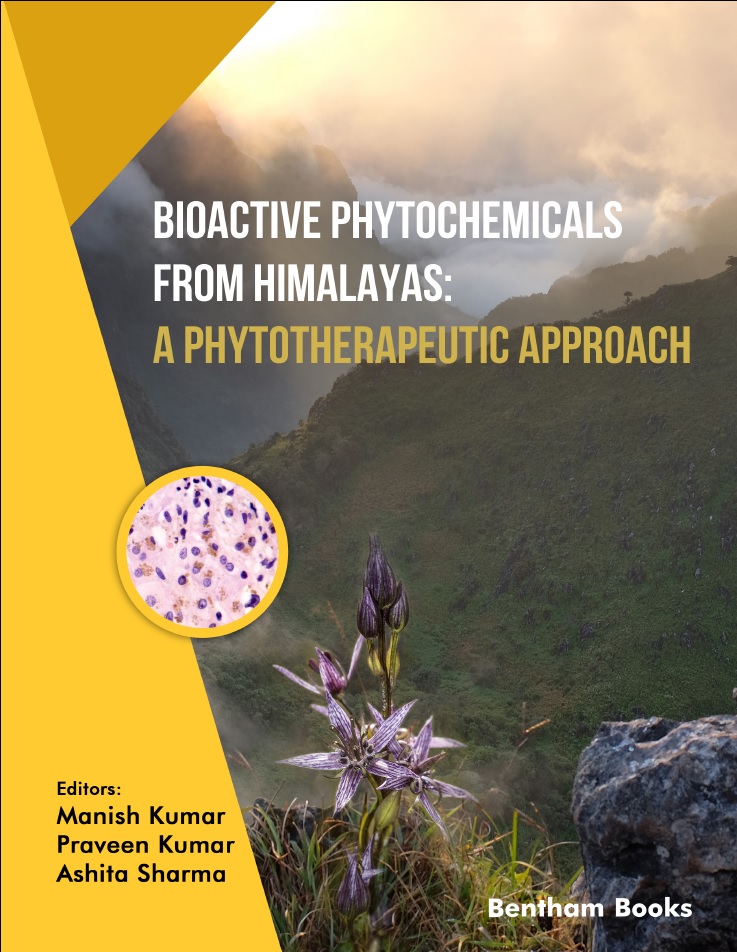
Bioactive Phytochemicals from Himalayas: A Phytotherapeutic Approach
Jan 2023
Book
Manish Kumar,
Praveen Kumar and
Ashita Sharma
Bioactive Phytochemicals from Himalayas: A Phytotherapeutic Approach covers herbal medicines from the Himalayan mountains. Chapters in this book detail molecular mechanisms and experimental tools and techniques for research on plants in this region. Phytochemical experts guide the readers through the role of Himalayan plants in therapy for metabolic diseases like cancer and diabetes hepatic diseases inflammatory diseases and neurodegenerativ Read More
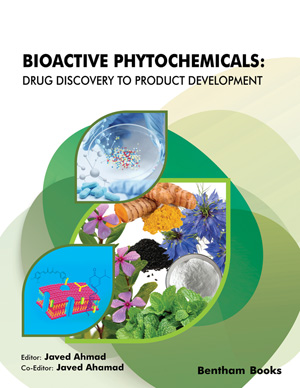
Bioactive Phytochemicals: Drug Discovery to Product Development
Oct 2020
Book
Javed Ahmad and
Javed Ahamad
Natural bioactive compounds from medicinal plants are inexplicably diverse in chemical structure and biological properties. The unmet therapeutic requirements for various diseases serve as a guide for researchers to study natural compounds. These studies are intended to isolate identify the structural characterization and eventually discover the pharmacological activity of natural compounds from their plant sources with the goal of treating spec Read More
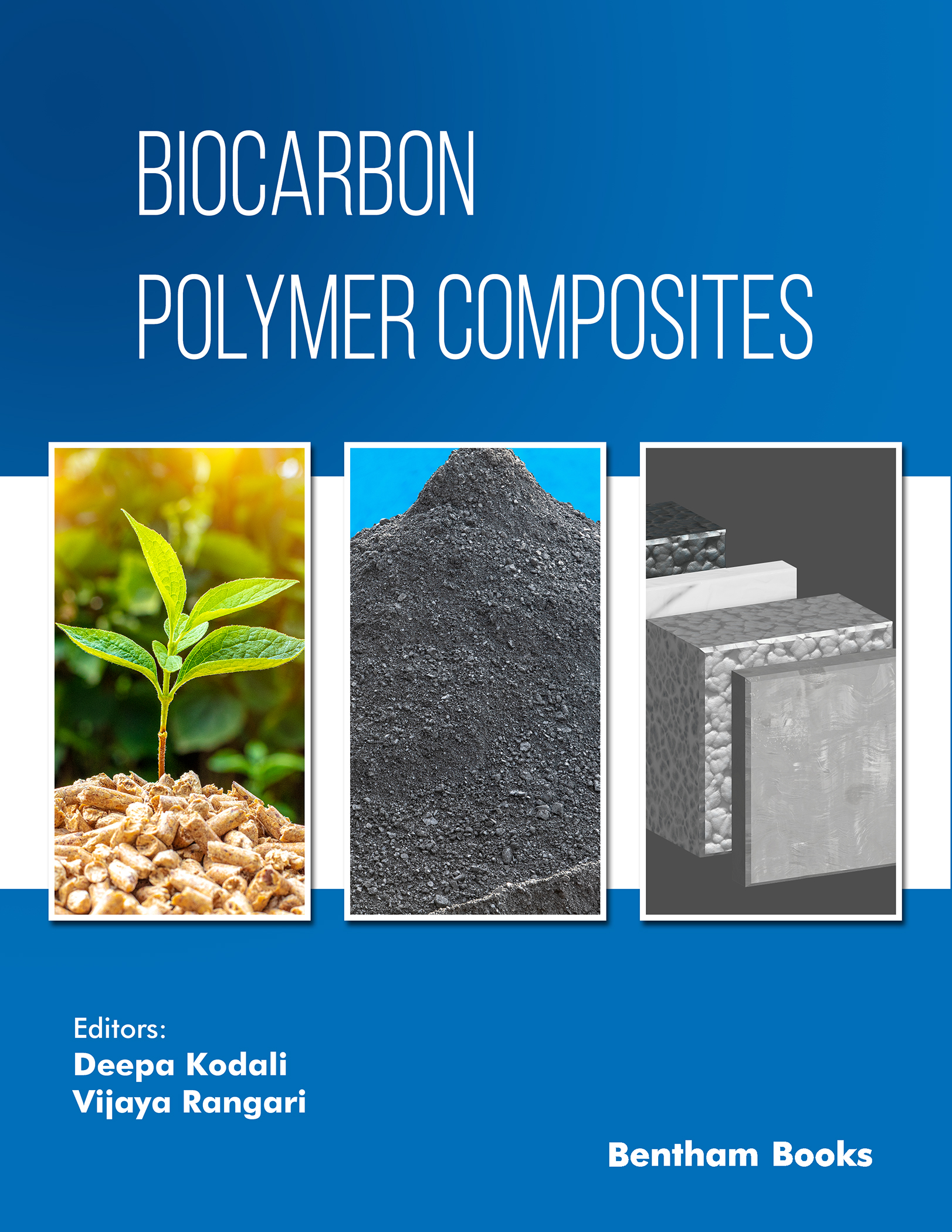
Biocarbon Polymer Composites
Dec 2023
Book
Deepa Kodali and
Vijaya Rangari
This book explores cutting-edge biocarbon polymer composites. The book brings together nine edited chapters that explore the development properties and applications of these eco-friendly materials highlighting their potential to transform industries and reduce the environmental impact of traditional polymers. Spanning a range of critical topics this book begins with an introduction to biocarbon and polymer materials providing a solid foundation. It then pr Read More
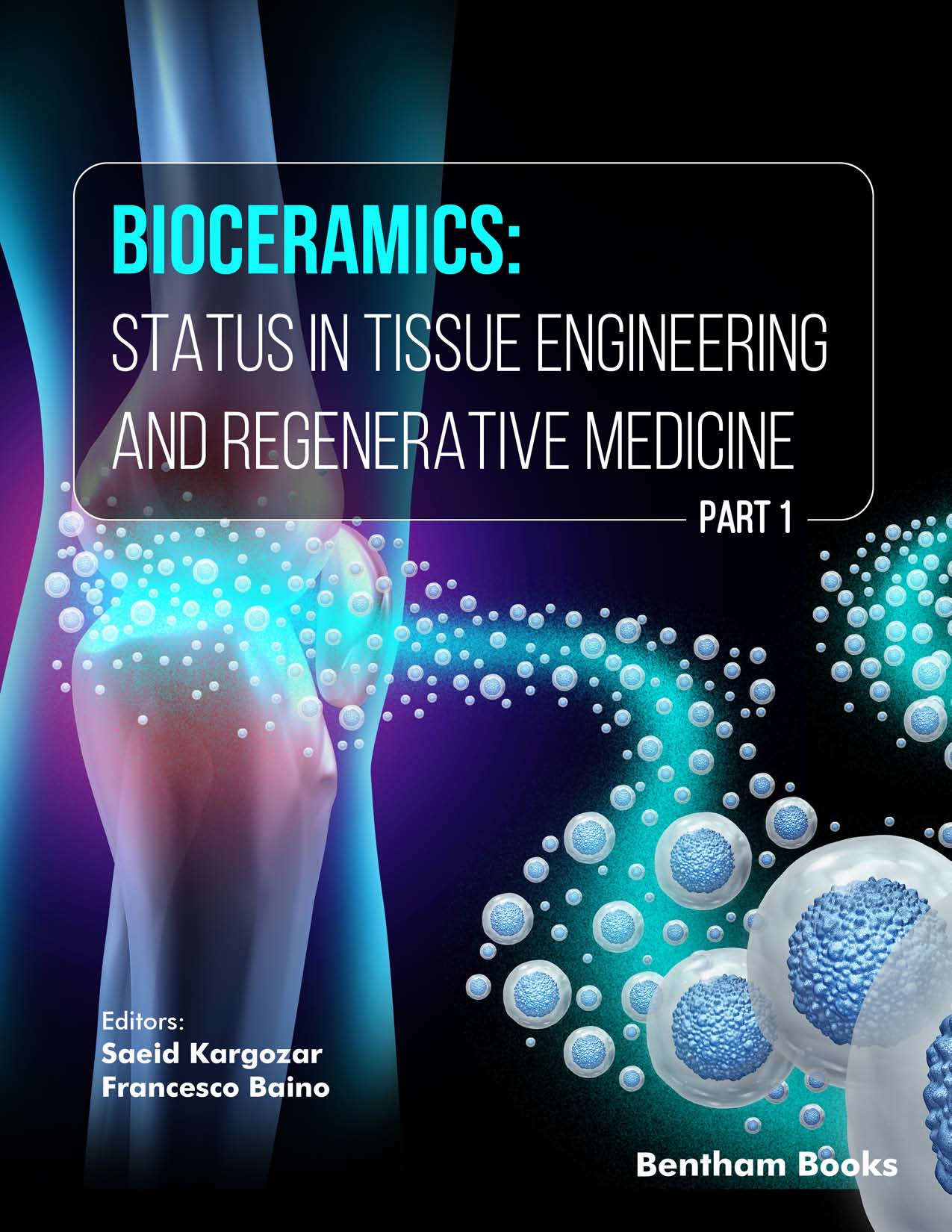
Bioceramics: Status in Tissue Engineering and Regenerative Medicine (Part 1)
Nov 2024
Book
Saeid Kargozar and
Francesco Baino
Bioceramics: Status in Tissue Engineering and Regenerative Medicine (Part 1) provides an in-depth look into the recent advancements in biocompatible ceramics glasses and composites for tissue engineering and regenerative medicine. It explores topics ranging from the structure and processing of bioactive glasses to the applications of bioinert and bioresorbable ceramics in medical treatments. The book discusses key aspects of bioceramics including Read More
No more items...

